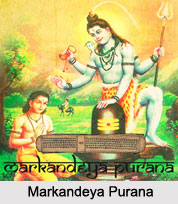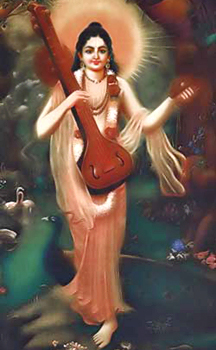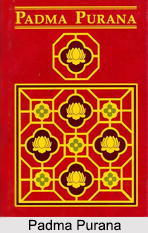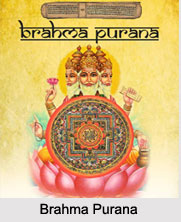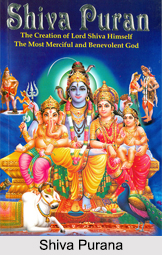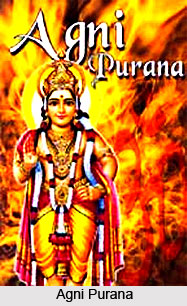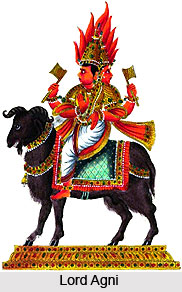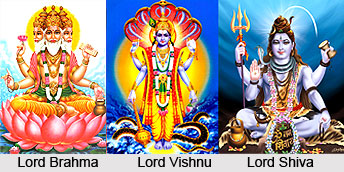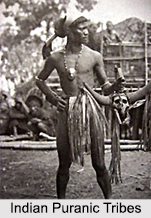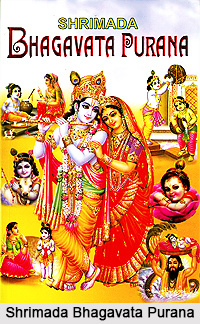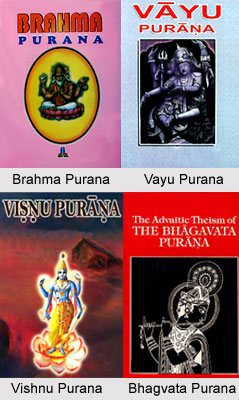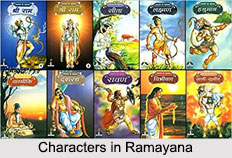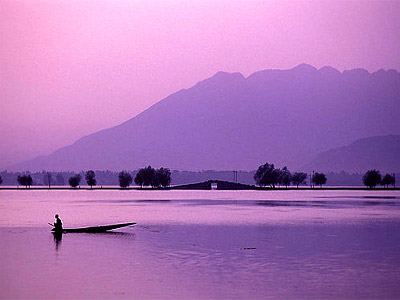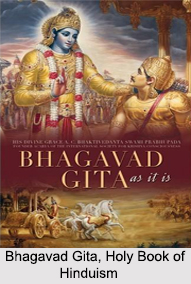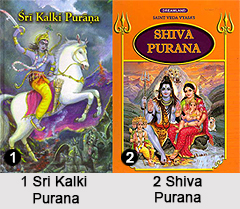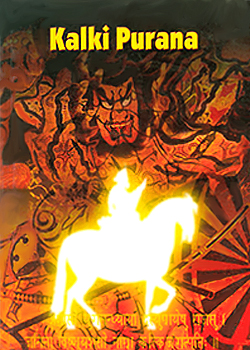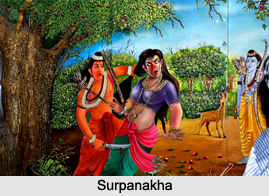In Garuda Purana Vrata and its importance has been vividly described. When and in which month it should be performed has also been specified. On first day of the lunar fortnight, one can fast and pray to Lord Agni and the god of wealth. It is believed that if one observes this then prosperity is granted. On dvitiya one prays to Lord Yama, Goddess Lakshmi and Lord Vishnu for prosperity. On Tritiya Lord Shiva and Goddess Parvati are worshipped and on Panchami fast Lord Vishnu is worshipped.
On Shashthi one prays to Kartikeya and Lord Surya and on Saptami to Lord Surya only. On dashami Lord Yama and Chandra are worshipped and ekadashi is allocated for praying to the sages. On dvadashi Lord Vishnu is worshipped and on trayodashi the god of love and on chaturdashi Lord Shiva. Shuklapakshha and krishnapaksha are two of each tithi in every month. Ananga trayodashi is the Vrata dedicated to Lord Ananga who is the God of Love. These prayers are held only on the tithi of shuklapaksha and the vrata continues for a year as it gives a good wife, children, good health and luck.
Akhanda dvadashi is also a Vrata if practiced will yield prosperity. In the Agrahayana, month one lives only on the five products that are obtained from cows. It consists of cow`s milk, curd, clarified butter, cow`s urine and cow dung. For the next three months, alms are donated to Brahmanas.
Bhishmapanchaka is the other vrata. This vrata begins in the month of Kartika, on ekadasi tithi in shuklapaksha. The ancestors are worshipped first then Lord Vishnu`s image is bathed and worshipped. The prayers start from ekadashi to Purnima. On the first day flowers are offered on the image`s feet. On the second day flowers are offered on the thighs. On the third day flowers are offered on the navel. On the fourth day offerings are on the shoulders. On the fifth and final day flowers are offered on the head. As long as the Vrata goes on the devotee needs to sleep on the floor. On the first day devotee eats cow dung. On the second day Cow`s urine is drunk. Milk is taken partly on the third day. Curd is taken on the fourth day and pancha gavya is consumed on the fifth day. If this Vrata is completely followed then all his desires are satisfied.
Shivaratri Vrata is the famous Vrata of all. This is observed on chaturdashi in krishnapaksha that comes between the months of Magha and Phalguna. The devotee fasts throughout the day and stays awake at night. Ekadashi tithi is another Vrata which involves simple fasting. Amongst the several other vratas includes budhashtami Vrata that is observed on ashtami tithi if the day is a Wednesday.

